See if you remember gaming's most forgettable sequels
These follow-ups failed to leave a mark
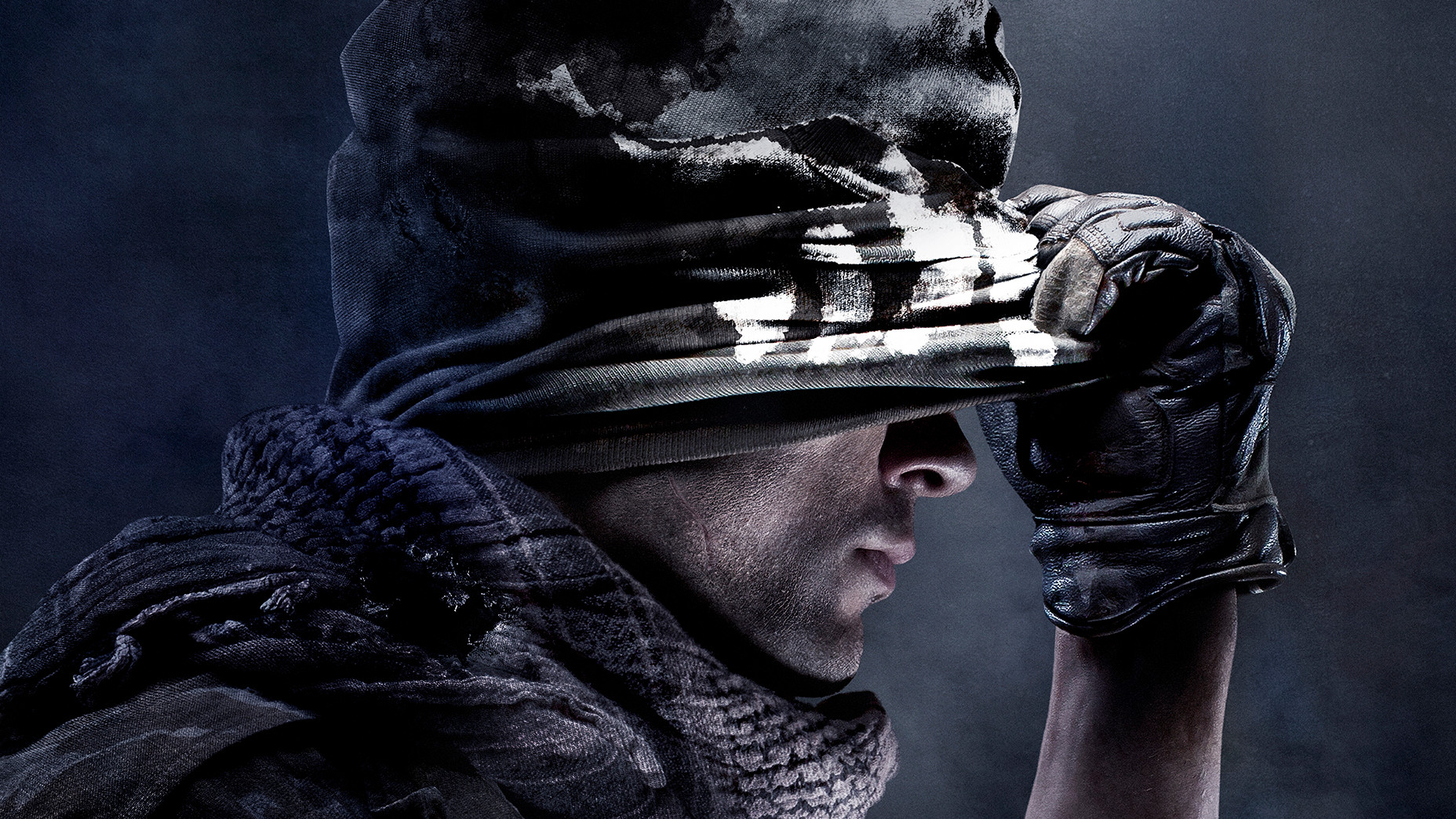
Over the years we've gotten hyped up for countless sequels to follow up on excellent games or finally fulfill the promise of less-beloved titles. But it doesn't always work out so well. The next game in the series comes, and then it goes… and a few years later you're left wondering, "Wait, did that one ever get a sequel?" And then you remember and your heart is filled with disappointment. Back to waiting for the best new games of 2018.
Until then, here are some of the most hotly anticipated sequels to ever land with a quiet thud.
Call of Duty: Ghosts
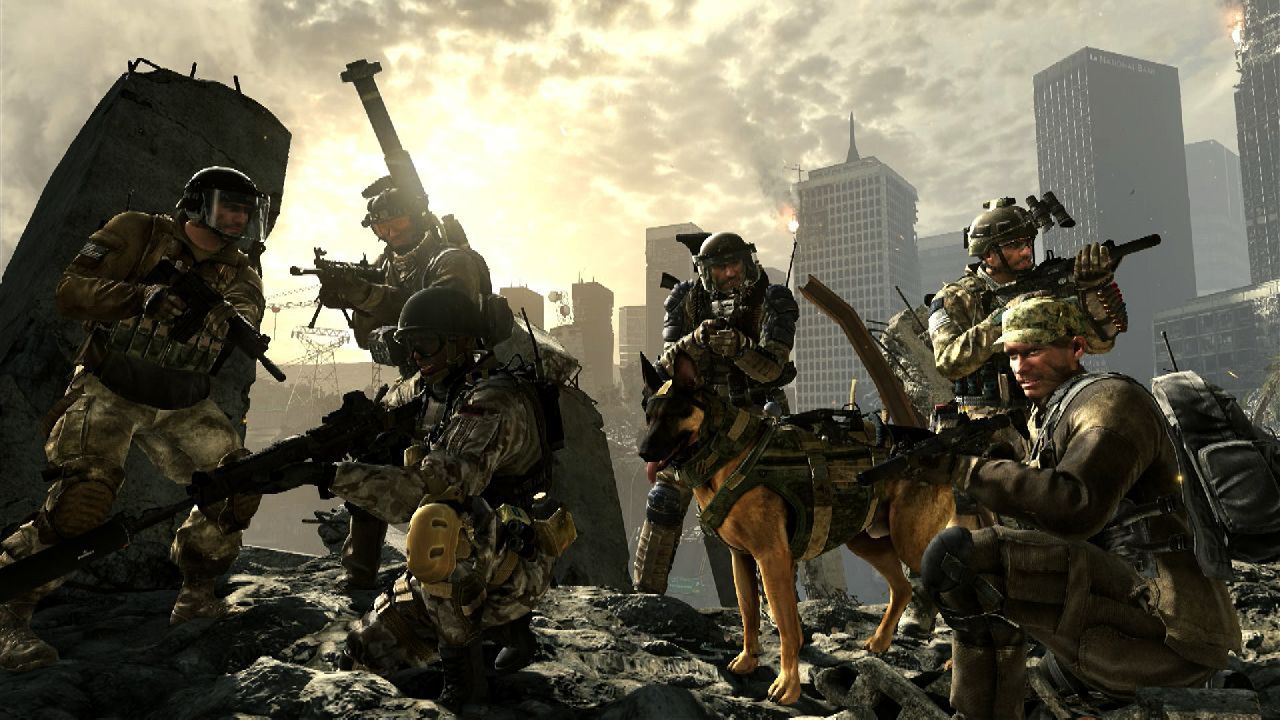
Ghosts was the first Call of Duty game for the current generation of consoles, and original series creator Infinity Ward seemed to be in a great position to get the meta-series started off right on PS4 and Xbox One. It finally left the contemporary political fiction of the Modern Warfare series behind to tell the story of a group of former US special operatives fighting to restore their fallen country in the near future. More importantly, it had a dog and fish that really swam away from you when you got near them. What could go wrong?
Why it was forgotten: The PS4 and Xbox One versions of the game looked a little better, sure, but it was immediately clear that Ghosts was a last-gen game with a few graphical boosts here or there. And aside from that rad-as-heck zero-G space station intro, nothing about the campaign would stick in your mind after the spectacle of the Modern Warfare series and the mind-bending conspiracy of Black Ops. Not even the dog and fish could save it. Infinity Ward wisely dropped the presumptive Ghosts series, despite its sequel-teasing ending, in favor of Call of Duty: Infinite Warfare.
Sonic Boom: Rise of Lyric
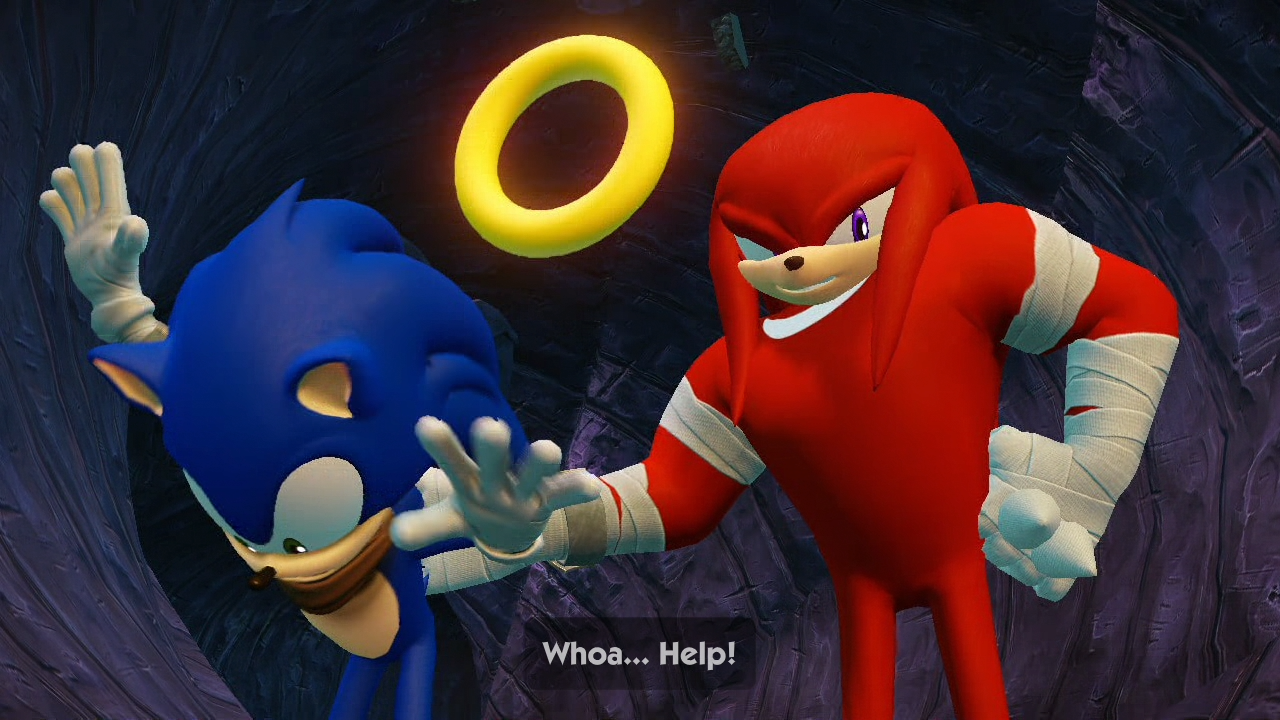
Fans could argue for years about where exactly Sonic the Hedgehog lost his way, but the speedy needlemouse was clearly in need of a fresh start by the time Sonic Boom came around. With a new take on familiar characters (more wisecracks, longer legs, scarves!) and a streamlined approach to going really fast, Sonic Boom was meant to make the series relevant again. It was also meant to kick off a new trans-media universe complete with toys and a TV show.
Why it was forgotten: The TV show wasn't bad, but both the 3DS and Wii U exclusive games were no good. Rise of Lyric in particular was a mess of unpolished cinematics and just-plain-unfun racing segments that somehow managed to be clunky while also removing nearly all control from the player. Adding a new piece of clothing to Sonic every time he's rebooted isn't a bad idea, though - maybe by the time he has a full suit he'll actually have a good game again.
Homefront: The Revolution
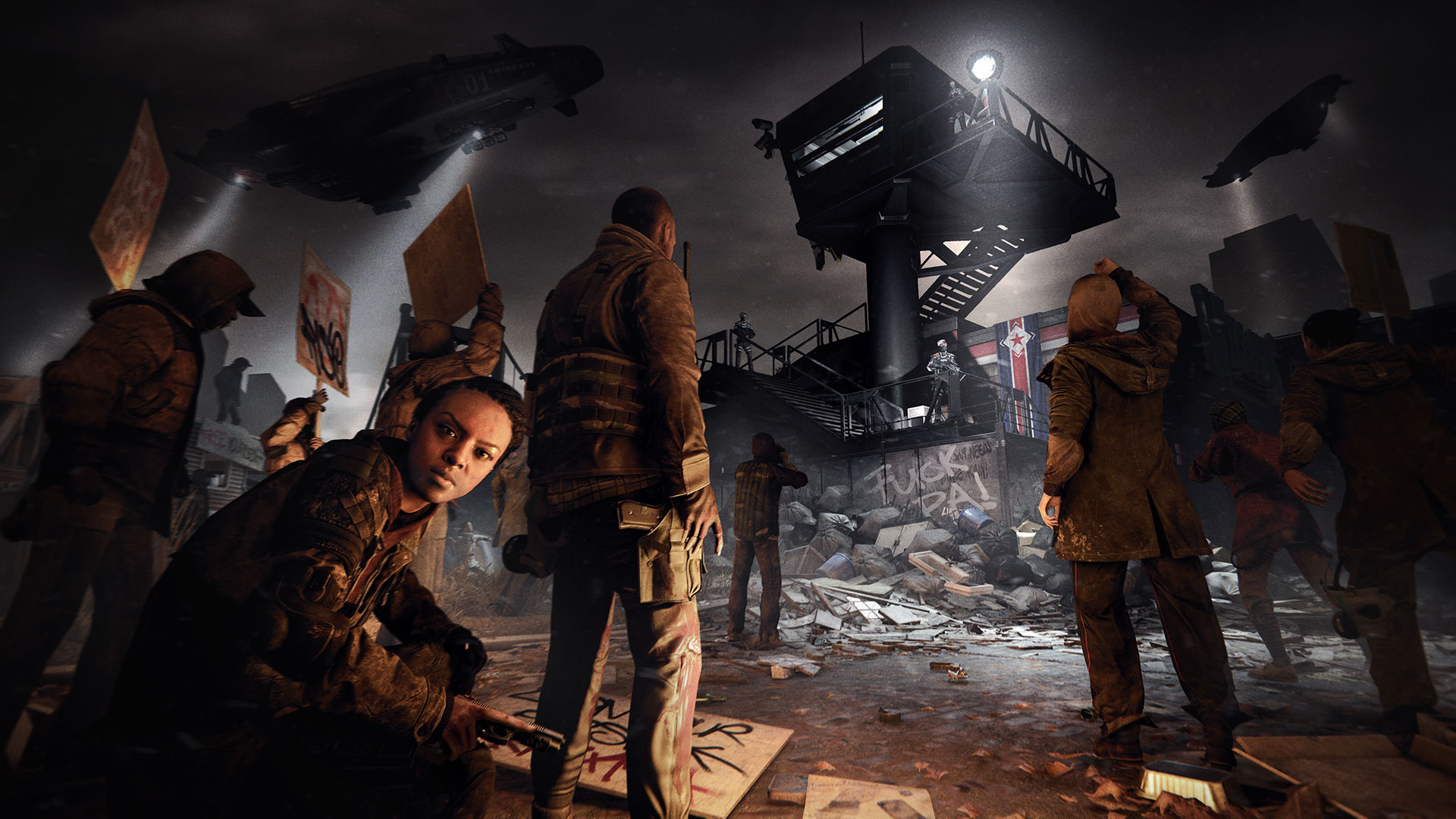
Ok, so technically Homefront: The Revolution isn't a sequel to the original Homefront. It's more of a reboot, and they both just so happen to take place in similar near-future worlds where North Korea has managed to occupy the United States and one man has the power to spark off the resistance. After a troubled development, the original game turned out to be a pretty crummy shooter that was only memorable for a few exploitative scenes of civilian slaughter. Homefront: The Revolution was supposed to be a fresh start for a moderately interesting premise.
Weekly digests, tales from the communities you love, and more
Why it was forgotten: Where the original Homefront was a rote and uninspired take on linear Call of Duty-style shooters, Homefront: The Revolution was a rote and uninspired take on open-world action games like Far Cry. Systems-driven games like Far Cry are most fun when you're messing around with enemies, but glitchy, insipid AI made the KPA forces swing from clueless to omniscient at the least-fun-possible moments. It turned out to be even more disappointing than the original Homefront, since it felt like there could have been something there.
Alone in the Dark (2008)
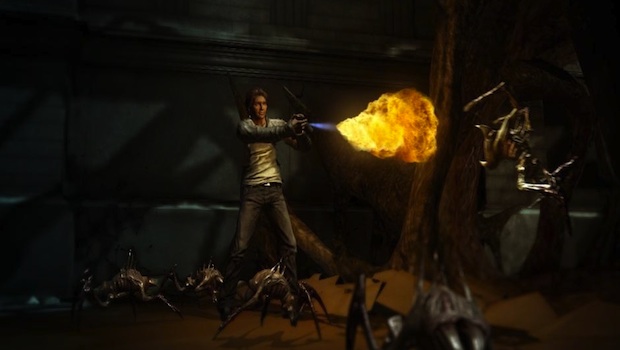
Alone in the Dark fans endured a seven-year stretch between 2001's Alone in the Dark: The New Nightmare and 2008's Alone on the Dark (aka Alone in the Dark: Inferno for PS3). Developed by Eden Games - a studio owned by the series' creator Infogrames - the sequel saw the return of paranormal investigator Edward Carnby in a modern day adventure that did its best to pay homage to the series' point-and-click heritage while still wooing the modern, run-and-gun majority. Originally made to compliment Uwe Boll's Alone in the Dark movies, Eden Games later rejected its Uwe association and forged ahead with an original story and a smattering of fresh gameplay elements - all designed to bring Alone in the Dark's puzzle-solving horror mechanics into a new age.
Why it was forgotten: Alone in the Dark brought a lot to the table, including impressive set pieces, a true-to-form Edward Carnby mystery, and environmental puzzles that actually required some brain matter. Unfortunately, technical glitches, underwhelming controls, and half-cooked missions scared non-fans away from the start; while series devotees were turned off by it' episodic structure which allowed players to skip through difficult parts with zero punishment, thereby eliminating the need or desire to replay whole chunks of the game. Fair or not, Alone in the Dark's deterrents turned what could have been a series comeback into forgettable blip in Carnby's career.
Chrono Cross
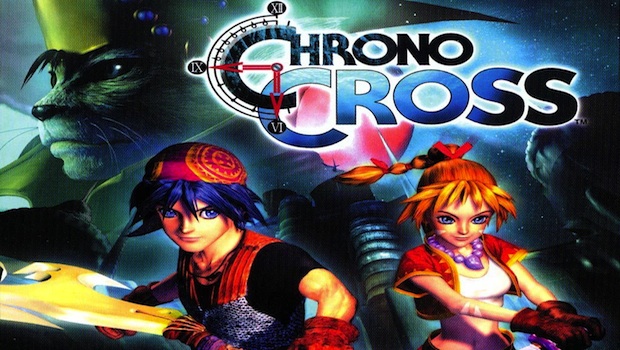
Released for Sony PlayStation in 2000 (1999 in Japan), Chrono Cross was the highly anticipated follow-up to the 1995 SNES classic, Chrono Trigger. With Chrono Trigger scribe Masato Kato at the helm as both director and writer, fans had every reason to believe the spiky-haired time traveler would rise again. Except he didn't. In lieu of continuing Chrono Trigger's story, both Kato and producer Hiromichi Tanaka opted to base Chrono Cross off 1996's Radical Dreamers, which was a Chrono Trigger spinoff for the Satellaview that introduced a parallel universe void of pretty much everything familiar to Crono, Marle, and Lucca's world. The result was an indirect sequel that fused themes from the original with an all-new story and cast designed to be accessible to fans new and old.
Why it was forgotten: Chrono Trigger was (and still is) one of the defining RPGs of our generation; a 16-bit masterpiece that combined top-notch storytelling and gameplay to create a video game epic that is revered to this day. Chrono Cross, on the other hand, was just ... great. The game sold well and was a hit with critics, but its loose ties to Chrono Trigger weren't enough to keep it in the hearts and minds of Chrono Trigger loyalists.
Golden Axe: Dragon Rider

Before Castle Crashers and Guardian Heroes, the king of beat-em-ups was Sega's Golden Axe. Nearly two decades after its release, Sega attempted to recreate that medieval local multiplayer magic in 2008's Golden Axe: Beast Rider, which it entrusted to its own studio Secret Level (aka the now defunct Sega Studios San Francisco). The game re-imagined Golden Axe as a gritty, third-person action adventure, all but abandoning its 2D sidescrolling heritage. It also ditched Golden Axe's multiplayer approach, limiting players to control over the warrior Tyris Flare as she wielded magic and beasts in her quest to thwart the evil (or so we assume) Death Adder.
Why it was forgotten: Dated graphics, boring gameplay, and a hamfisted attempt to make Golden Axe more mature notwithstanding, Golden Axe: Beast Rider was single player. That's like Borderlands 3 doing away with co-op or Left 3 Dead limiting its survivors to parties of one. It also didn't help that Secret Level turned Golden Axe into a mediocre God of War clone when, you know, God of War was already servicing that niche well enough on its own. Secret Level's intent may have been to pull Golden Axe into the modern era; but in so doing, it forgot almost everything that made the original worthy of a return.
Banjo-Kazooie: Nuts & Bolts
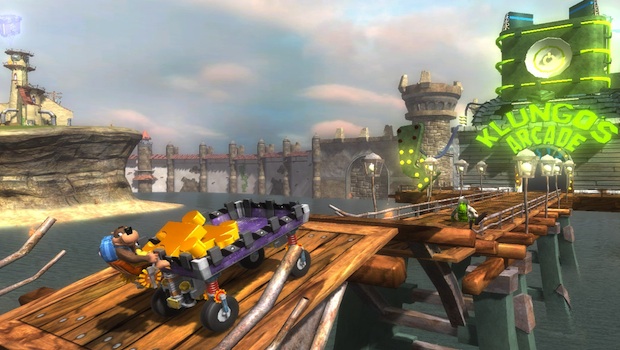
Rare played it risky when it resurrected its bear and Breegull duo for a sequel to 2000's Banjo-Tooie for N64. Eager to evolve Banjo and Kazooie's gameplay for the (then) new Xbox 360, the studio replaced the series' traditional platforming mechanics with a new vehicle creation system whereby players constructed land, air, and water crafts to overcome obstacles and solve puzzles throughout the game's colorful worlds. Developed under the title Banjo Buildie, Banjo-Kazooie: Nuts & Bolts skidded onto the scene in 2008, bringing Banjo and Kazooie back from their eight year hiatus and introducing fans to a DIY approach to open world platformers.
Why it was forgotten: To be honest, we're not entirely sure. The build-your-own-ride hook was a deep and addicting addition to the Banjo-Kazooie world, and there were endless amounts of fun to be had in crafting unique solutions to the game's many puzzles, objectives, and mini-games. What's more, Rare maintained the series' focus on exploration, creating themed worlds that just begged to be squeezed dry of their many secrets. Maybe it was the fact that Nuts & Bolts was too much of a departure from previous Banjo-Kazooi's platformers, or that it still held tight to the collect-a-thon nature of its N64 ancestors. Whatever the reason, it's a shame Nuts and Bolts barely made a sound when it was released. Here's hoping there's enough gas in Rare's tank to try again?
Bionic Commando
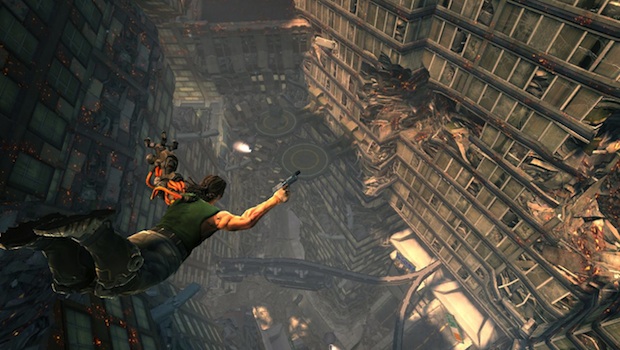
There's a reason children of the eighties still dream of changing their names to Rad and fighting evil empires with a kickass robo-arm. That reason is Bionic Commando, Capcom's classic NES platformer, inspired by the 1987 arcade cabinet of the same name. Considered one of the most radical and/or tubular games of the 8-bit era, Bionic Commando was an obvious choice for a modern revival, so it came as no shock when Capcom announced it was pairing upwith GRIN to create two new Bionic Commando games in the form of 2008's downloadable remake, Bionic Commando: Rearmed; and 2009's full-retail sequel, Bionic Commando. Both games brought the swinging platformer back in respectable ways, with the former adding an HD sheen and multiplayer modes, and the latter introducing Major Nathan "Rad" Spencer to a 3D world ripe for his arm-swinging skills.
Why it was forgotten: Bionic Commando: Rearmed may have stoked our love for robotic limbs, but Bionic Commando weighed that childlike joy down with an overly complicated story (something about dead wives and terrorist cells), overwrought atmosphere, weak shooting, and cheap radiation barrier tricks which sucked the life out the game's pseudo open worlds. Gone was the carefree Bionic Commando we loved, and in its place a serviceable actioner. By the time Just Cause 2 near-perfected the art of reckless, swinging carnage a year later, GRIN's Bionic Commando had slipped far from players' radars, and GRIN has since closed down. And seriously, what was up with that bizarre arm-wife connection?
Golden Sun: Dark Dawn
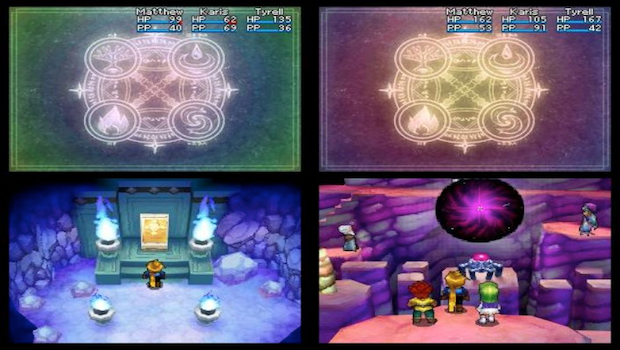
It took the Takahashi brothers at Camelot Software seven years to come through with this long-awaited sequel to their Golden Sun series. After years of teases and industry rumblings, the studio made good on its promise to continue the story of Weyard with this DS entry, polishing its puzzle-solving and monster-collecting mechanics from its Game Boy Advanced versions for a new audience. The game took place thirty years after 2003's Golden Sun: Lost Age, and followed the children of Golden Sun's previous heroes as they crawled through dungeons collecting Djinn in their plight to beat a new enemy threat and save the world from environmental anomalies known as Psyenergy Vortexes.
Why it was forgotten: Seven years in the dark took its toll on the Golden Sun series. What was already a fairly traditional RPG felt even more dated in 2010 next to the Dragon Quests, Final Fantasies, and Pokemons of it time. Sluggish pacing and a lowered difficulty level also took some of the shine off of Golden Sun: Dark Dawn's fetching style and other series strengths. As a result, the more dedicated fans were eager to dive back into Weyard, but newcomers took a pass.
Kid Icarus: Uprising
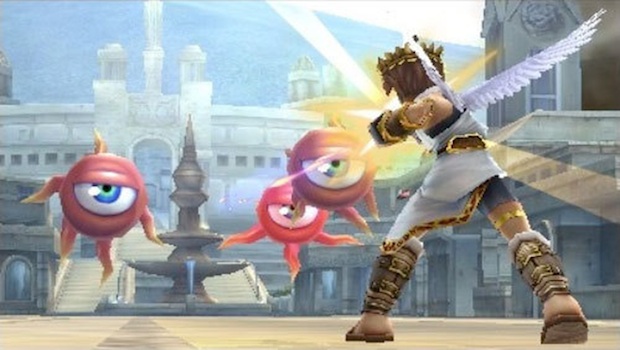
Pit has never been a major star in Nintendo's roster, yet 3DS owners were overjoyed all the same when it was announced at E3 2010 that he'd be headlining his own game for the 3D handheld. Eventually arriving in March 2012, Kid Icarus: Uprising plucked the cherub-that-could from his 2D cage and set him free to save mankind against a resurrected Medusa in levels that took place on both land and in the air. Its developer, the now defunct Project Sora (founded by late Nintendo president Satoru Iwata and Smash Bros. boss Masahiro Sakurai), even threw in six-player multiplayer to show off the 3DS's online muscle.
Why it was forgotten: It wasn't really Kid Icarus, for one. Don't get us wrong; Nintendo needed a mascot who could show off the 3DS's visuals, and Pit fit the bill. It's just that the sidescrolling charm of the series got lost in the makeover. What's more, as a new game starring a B-List mascot, Kid Icarus had to start from scratch with younger gamers. Meanwhile, those who did grow up with Pit weren't crazy for game's on-rail design and less-than-perfect controls. At least Pit lives on in Smash Bros.
Matt Bradford wrote news and features here at GamesRadar+ until 2016. Since then he's gone on to work with the Guinness World Records, acting as writer and researcher for the annual Gamer's Edition series of books, and has worked as an editor, technical writer, and voice actor. Matt is now a freelance journalist and editor, generating copy across a multitude of industries.


